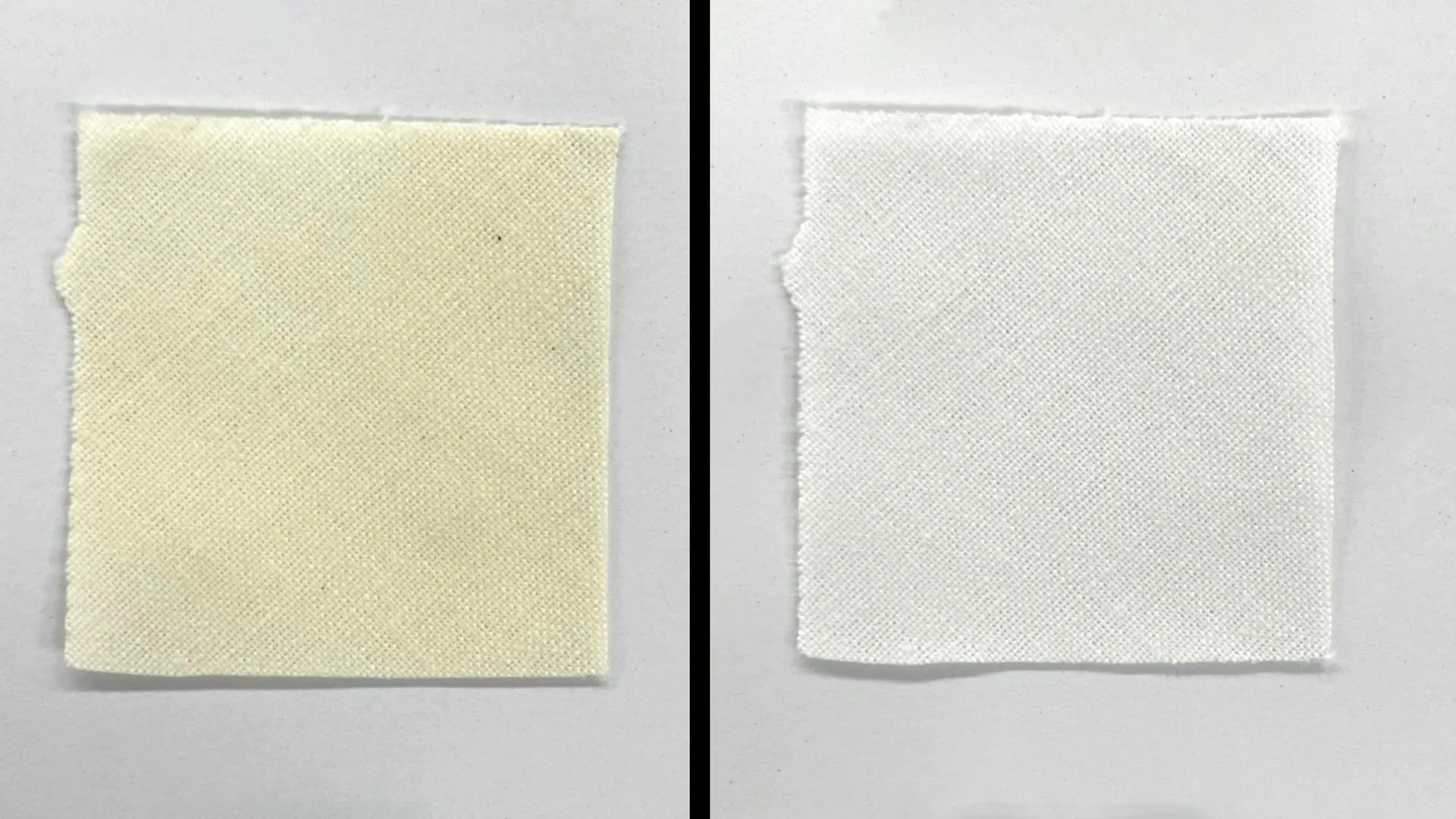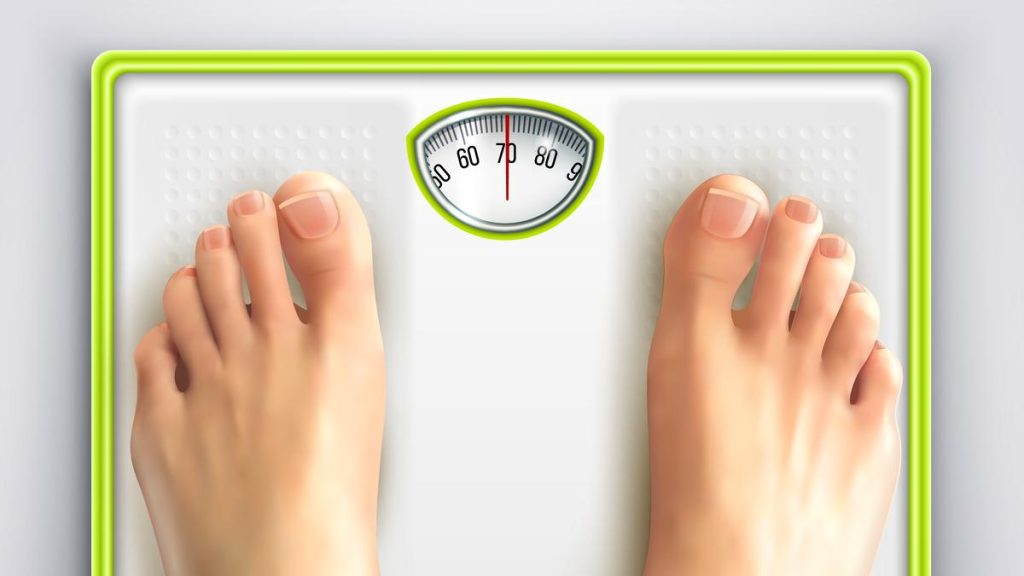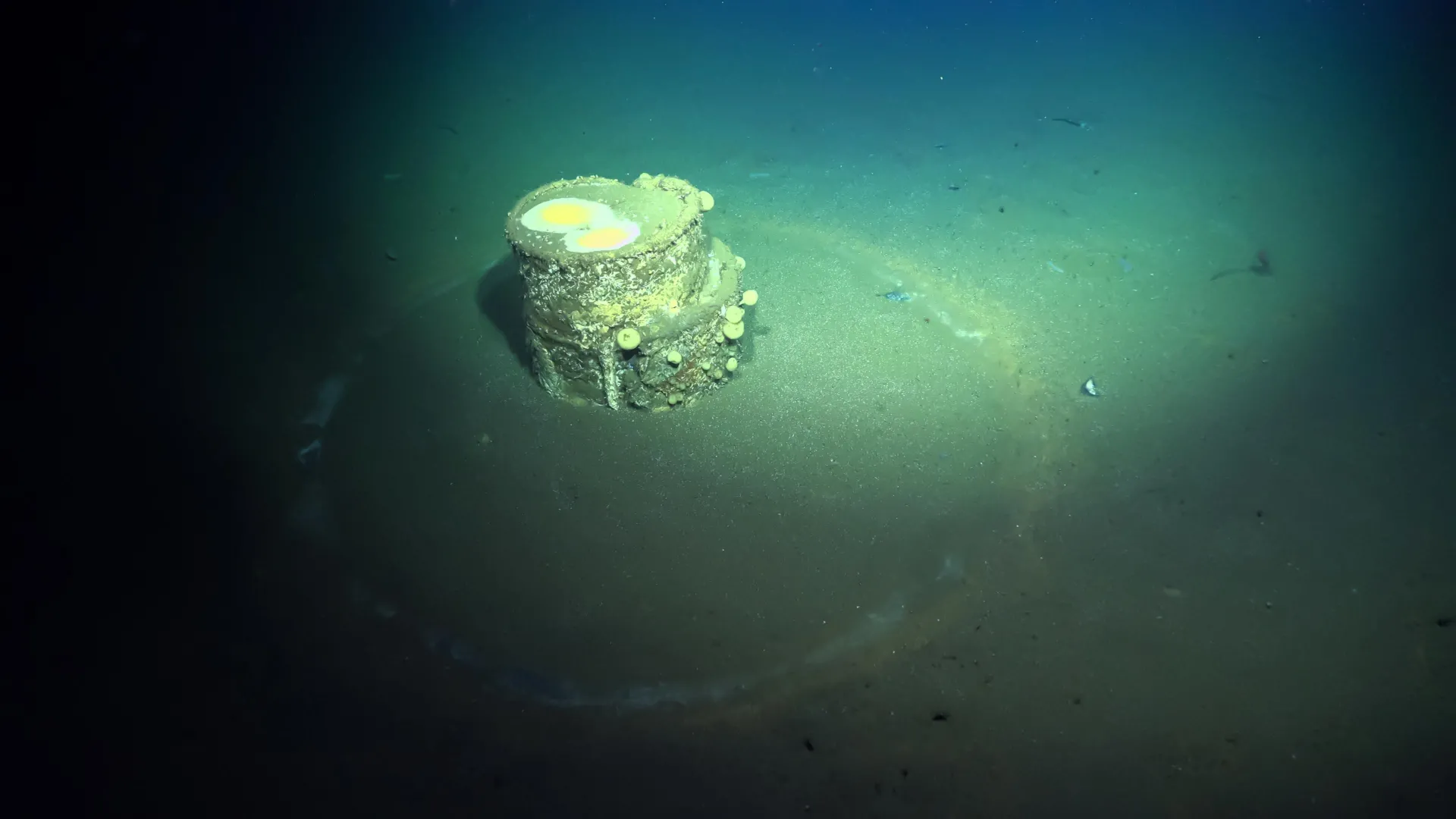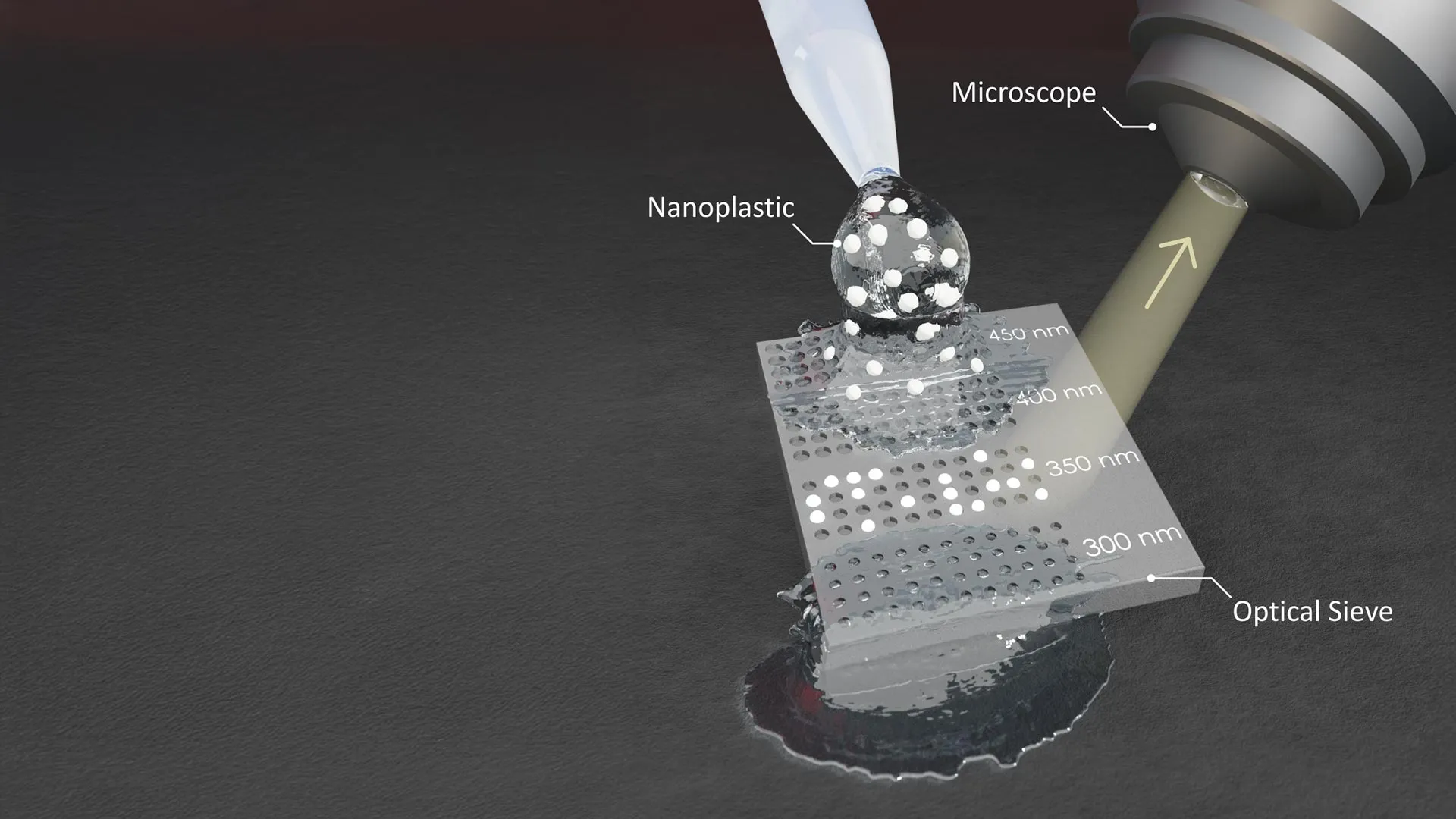Now Reading: Blue Light Technology Eliminates Sweat and Food Stains
-
01
Blue Light Technology Eliminates Sweat and Food Stains
Blue Light Technology Eliminates Sweat and Food Stains

Speedy Summary
- Researchers from ACS Sustainable Chemistry & Engineering report a sustainable method to remove yellow stains using high-intensity blue LED light.
- This approach avoids harsh chemical oxidants like bleach or hydrogen peroxide, making it safer for delicate fabrics.
- Yellow stains are caused by substances like squalene,oleic acid (from sweat and skin oils),and food pigments such as beta-carotene and lycopene.
- In tests, high-intensity blue LED light removed these stains effectively by using ambient oxygen as an oxidizing agent to break color-causing bonds.
- The procedure was tested on various fabrics including silk, polyester, and cotton; it removed stains without damaging the material.
- Comparatively,UV light generated new yellow-colored compounds while hydrogen peroxide was less effective in reducing stain intensity than blue LED light.
- Additional testing for safety and colorfastness is required before commercialization of the technique for home or industrial applications.
Indian Opinion Analysis
The use of high-intensity blue LED technology represents a notable advancement in sustainable textile care. With India being one of the largest producers of textiles globally – especially delicate fabrics like silk – this innovation could reduce reliance on harsh cleaning chemicals that can degrade fibers. Moreover,it aligns with India’s push toward eco-friendly industrial practices under sustainability initiatives.
For consumers and industries alike, adopting such methods could lower costs linked to fabric damage while removing stubborn stains efficiently. However, scalability remains a concern; additional research into its viability across various fabric types is critical before wide-scale adoption. The absence of external funding suggests that commercialization may face challenges unless supported through partnerships or government initiatives fostering green technologies.

























